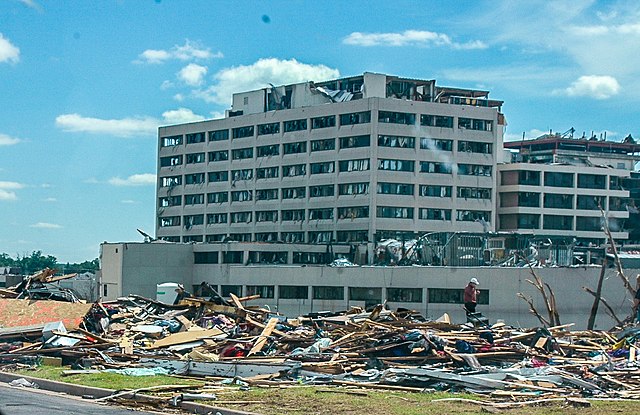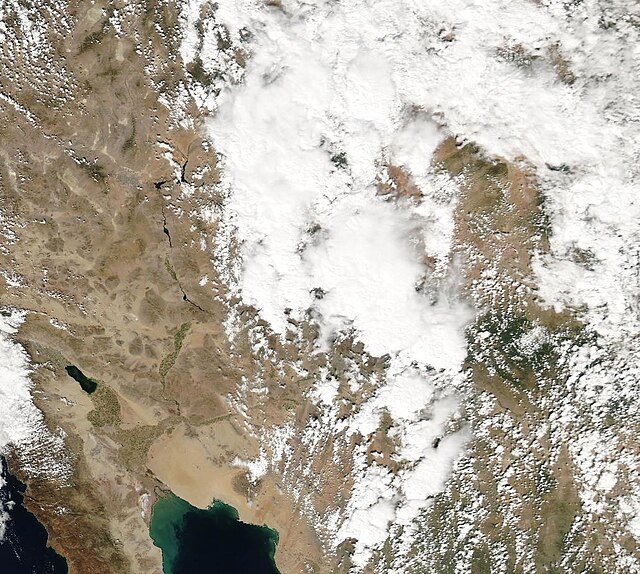Tornado outbreak sequence of May 21–26, 2011
From May 21 to May 26, 2011, one of the largest tornado outbreaks on record affected the Midwestern and Southern regions of the United States. A six-day tornado outbreak sequence, most of the tornadoes developed in a corridor from Lake Superior southwest to central Texas, while isolated tornadoes occurred in other areas. An especially destructive EF5 tornado destroyed one-third of Joplin, Missouri, resulting in 158 deaths and over 1,000 injuries. The Joplin tornado was the deadliest in the United States since April 9, 1947, when an intense tornado killed 181 in the Woodward, Oklahoma, area. Tornado-related deaths also occurred in Arkansas, Kansas, Minnesota, and Oklahoma. Overall, the tornado outbreak resulted in 186 deaths, 8 of those non-tornadic, making it second only to the 2011 Super Outbreak as the deadliest since 1974. It was the second costliest tornado outbreak in United States history behind that same April 2011 outbreak, with insured damage estimated at $4–7 billion.

High-end EF4 tornado that struck Chickasha, Oklahoma, on May 24
EF5 damage to St. John's Regional Medical Center in Joplin, which later had to be torn down due to deformation of its foundation and underpinning system.
Ground scouring and a debarked tree near El Reno with various debris, including a car, piled at its base.
A severely damage reinforced concrete dome home near Blanchard.
A tornado outbreak is the occurrence of multiple tornadoes spawned by the same synoptic scale weather system. The number of tornadoes required to qualify as an outbreak typically are at least six to ten, with at least two rotational locations or at least two supercells producing multiple tornadoes.
Dozens of supercells over Northern Arizona that caused a tornado outbreak on October 6, 2010





